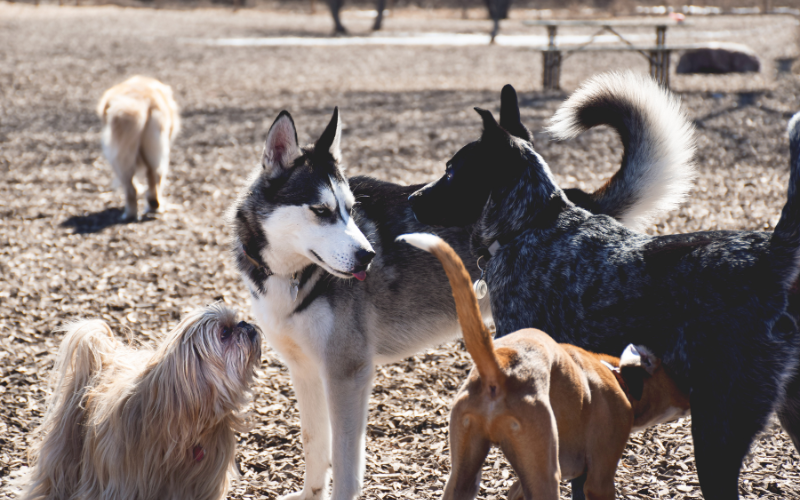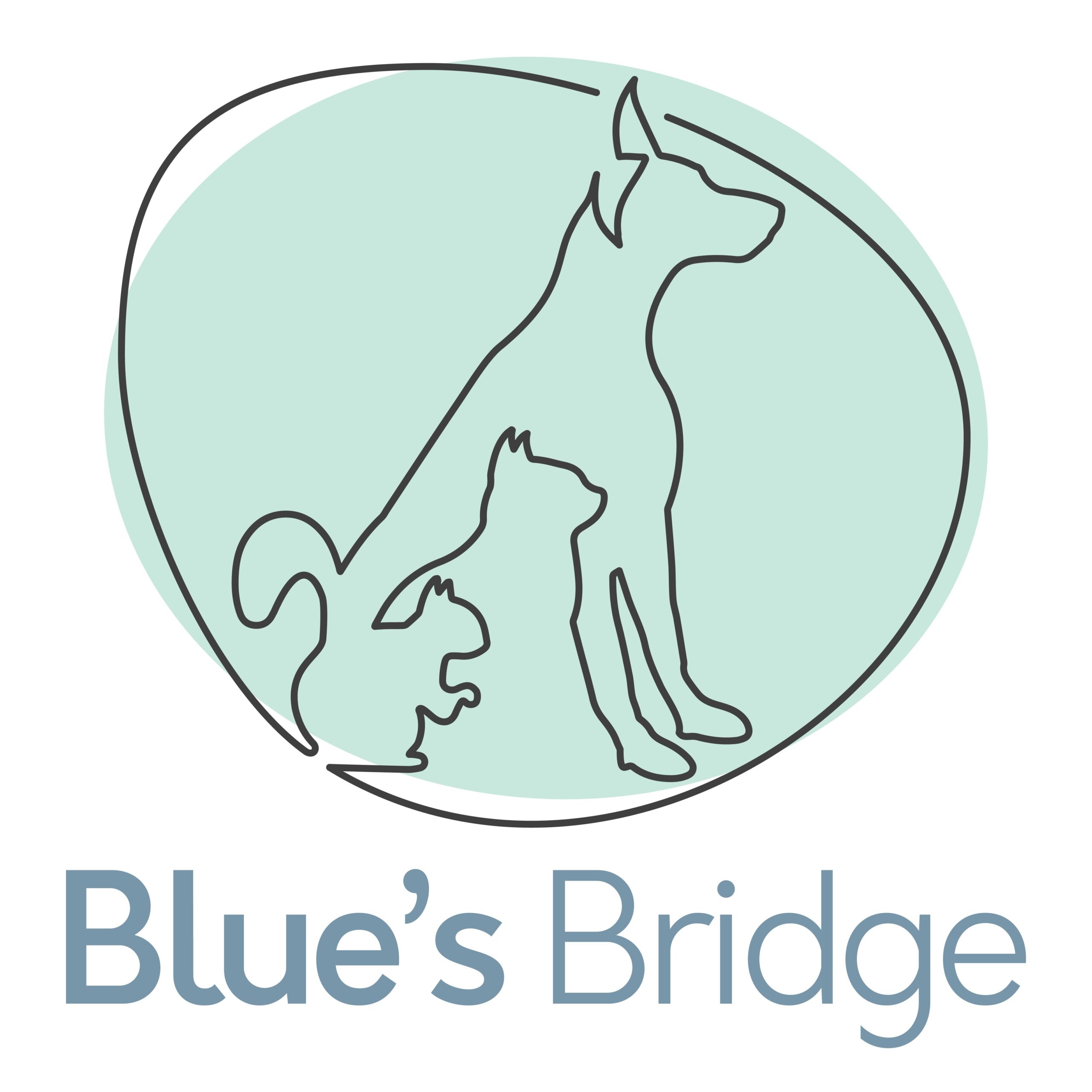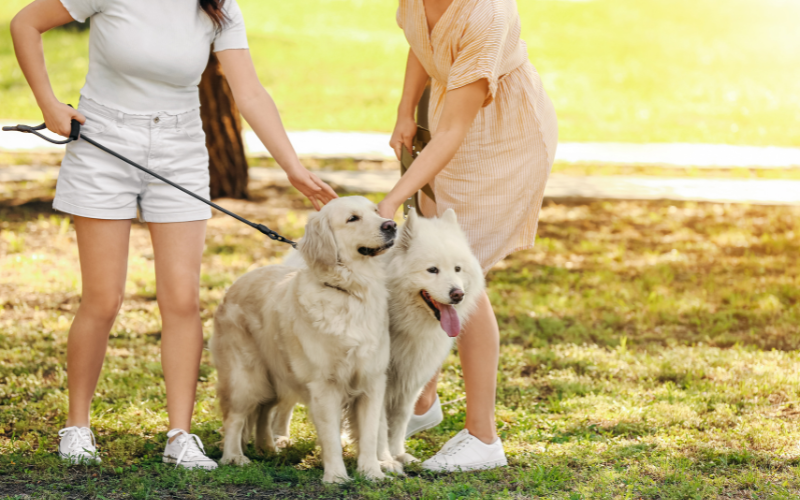Is the Dog Park Right for You?
Dog parks are fenced-in, outdoor grounds designated for off-leash dog play. There are many variations, and are some safer and more fun for your dog than others. Also, like any other social activity, it’s important for dog owners to know the expectations. In this case, it’s not just a matter of a social cues. Failing to follow the unspoken rules can put your dog and other pets at risk.
Dog parks can be a good or bad experience for your dog, depending on different factors. Bad experiences can cause traumatic experiences for your dog, while good ones can be stress-relieving and fun. There are steps you can take to determine whether your dog and a specific dog park are a good match, and whether your dog is ready for a dog park environment.
Is Your Dog Ready for a Dog Park?
Some dogs may not be ready to visit a dog park. Following are characteristics of dogs who are not yet ready to go to a dog park:
- Puppies younger than 4 months old who have not had all of their vaccinations should never be around dogs you don’t know.
- Dogs that aren’t up-to-date on their vaccinations should stay home. Dr. Jerry Klein, Chief Veterinary Office for the AKC, recommends that dogs spending time in dog parks be vaccinated for bordetella, leptospirosis, and canine influenza. They should also be treated with flea, tick, and heartworm prevention methods.
- If your dog is in heat or coming into season, keep them at home to avoid unplanned puppies or stirring up an aggressive interest in male dogs.
- Any dog showing signs of illness should stay home. It may be something contagious and also cause the dog to feel unsociable.
- A dog should learn to obey basic obedience commands – such as come, down, and stay – in distracting environments prior to going to a dog park. If your dog is tuning you out when they’re having fun, you won’t get his attention at the dog park.
- Socialize your dog with other dogs before you go. If your dog is shy or nervous, the dog park may be a nightmare for them.
- Reactive or aggressive dogs may not welcome an onrush of strange dogs anywhere, including a dog park.
- Resource guarders, depending on what they guard, may not do well in a dog park. Dogs that guard their owners, their water dish, or even a ball or stick may not interact well with other dogs.
All dog parks are not alike.
Therefore, animal behaviorists suggest that you visit a dog park without your dog before you take your canine companion along. Here are some of the aspects to evaluate:
- Fencing should be secure and prevent dogs from jumping over or crawling under, with no holes or rough edges. Double gates are safest, allowing you to close one gate behind you before opening the gate to the park area.
- Separate play areas for large and small dogs are most conducive to safe and congenial mingling.
- The park should be clear of trash, equipment, and dog poop. You should clean up after your dog and so should everyone else.
- How many dogs are there? Large groups of too many dogs can be intimidating and difficult to control. Consider visiting dog parks at off-peak hours and leaving if the park is too crowded.
- Communal water bowls allow dogs to share parasites, bacteria, and viruses. Dog parks that ask owners to bring their own water dishes help protect your dog’s health.
- Dog parks that require owners to register their dogs and show proof of vaccinations also offer better health protection.
- Notice what the dog owners are doing. They should be paying attention to their dogs, watching their dog’s body language, and intervening when play starts to get too rough.
- Personal dog toys, balls, or treats can cause doggy disagreements and are best left at home.
To Go or Not To Go
To Go or Not To Go

When you go to a dog park, listen to your dog. If there’s a gang rushing the entrance and making it intimidating, wait until they disburse before you go in. Take your dog’s leash off as soon as you get inside the gate, so they won’t feel trapped.
Intervene if other dogs repeatedly roll your dog to the ground or chase your pup. “Especially when a dog is young, a bad experience with another dog can make the frightened dog wary of all dogs for the rest of his life,” says Dr. Klein.
Even if your dog is having the time of their life, don’t overstay your welcome. A 30 to 60 minute visit should allow your pooch time to run and play without getting too tired. When your dog only wants to hang with you or stands by the gate, it’s good to respect their wishes and take them home.
If you decide your dog and a dog park do not make a good match, don’t worry. You can socialize in other ways, like meet up with a familiar dog that your dog is friendly, or enroll your pup in a well-supervised class.
Remember, for your dog, nothing really replaces time spent with you. Go on walks, take a hike, enroll in an obedience class, or try a dog sport. A dog can be happy with or without a dog park experience.
Related Articles
Related
Finding the Right Pet Insurance
As Seen In Forbes | Best Pet Insurance of 2024Pet insurance is a health insurance policy for your pet that pays for medical expenses and sometimes other costs. Pet insurance plans are typically reimbursement-based, meaning you pay up-front for the pet’s vet bills and...
Blue’s Ridge Launches NEW Website
We wish to thank Nicole Tongue of Invoke Solutions for her work on designing and developing our NEW website! He insight and knowledge proved valuable for creating exactly what we had envisioned. Our site will evolve as our rescue efforts do, and we have been provided...


0 Comments